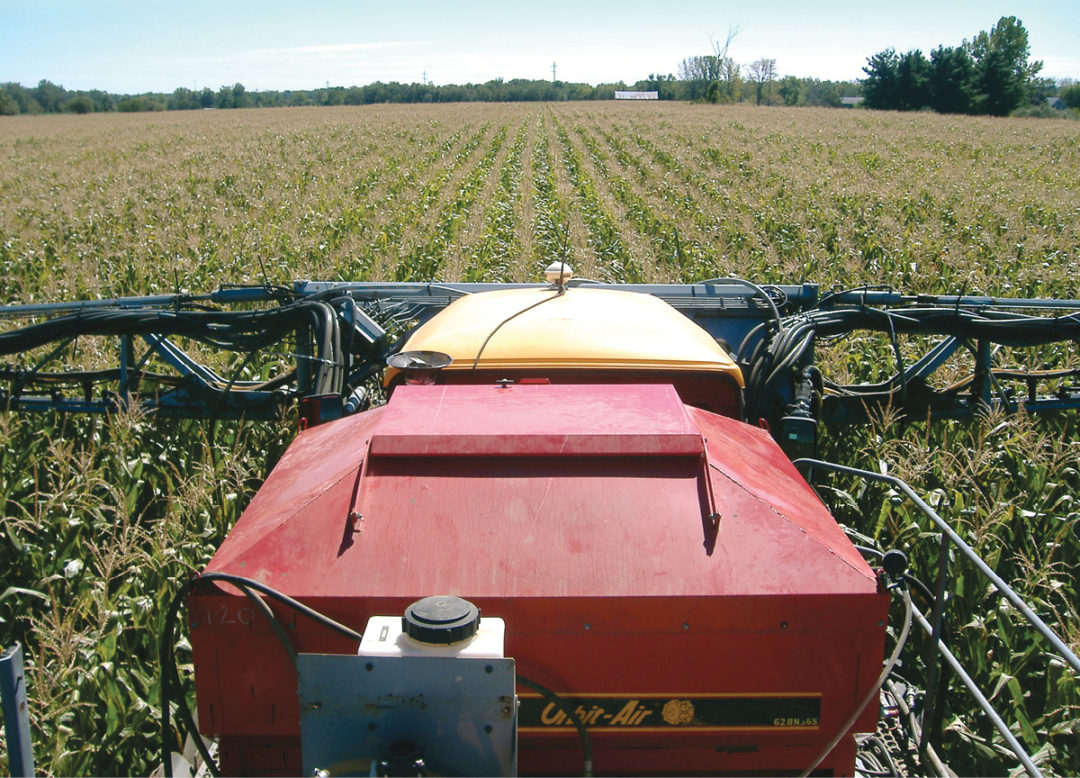No-Till Farmer
Get full access NOW to the most comprehensive, powerful and easy-to-use online resource for no-tillage practices. Just one good idea will pay for your subscription hundreds of times over.

Before the many benefits of cover crops can be reaped, the plants must first be successfully established.
As of yet, there is no surefire way to guarantee establishment. But innovative no-tillers and researchers are gaining experience and finding success with a variety of seeding methods, whether it’s aerial, drilling broadcasting or using a high-clearance seeder.
Each method has its benefits, drawbacks and challenges, and no-tillers must choose the option that best suits their timing, climate, farm, rotation, equipment and experience.
No-Till Farmer asked experts who’ve been refining their cover-crop systems for years to walk us through each type of seeding method.
They offer the following advice for no-tillers just getting into cover crops, and also those looking to change methods or improve the success of their current methods.
Cons: Drilling is effective for seeding most any cover crop. However, because it must be done after harvest, the timing might limit cover-crop choices. Cereal rye is the best option for late planting in the central Corn Belt, says Joel Gruver, soils specialist at Western Illinois University. He says it can be seeded up to Thanksgiving and even beyond.
Pros: The drill could be the most reliable way to seed cover crops because it can achieve excellent seed-to-soil contact critical for good germination and reduced seeding rates.

Cons: Many no-tillers in the Corn Belt don’t have a drill. If they do, it’s likely to be a smaller, 15-foot model, Gruver adds.
“Cost of maintaining and operating the drill, timing of seeding…